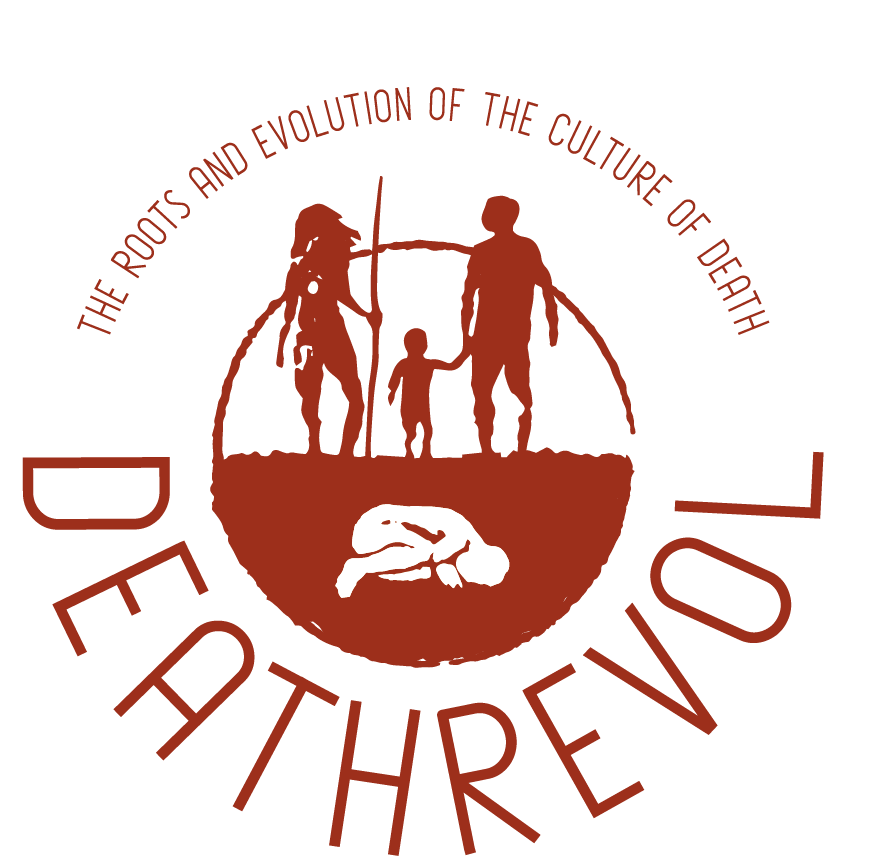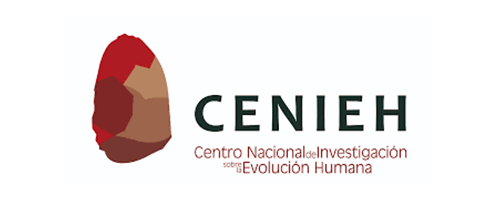

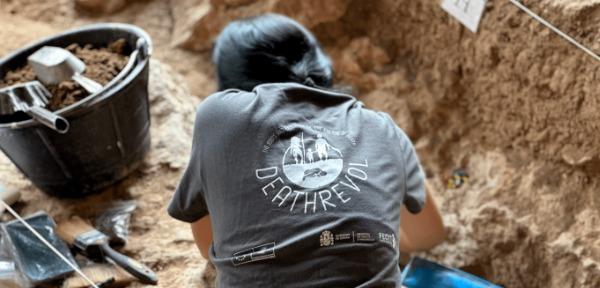



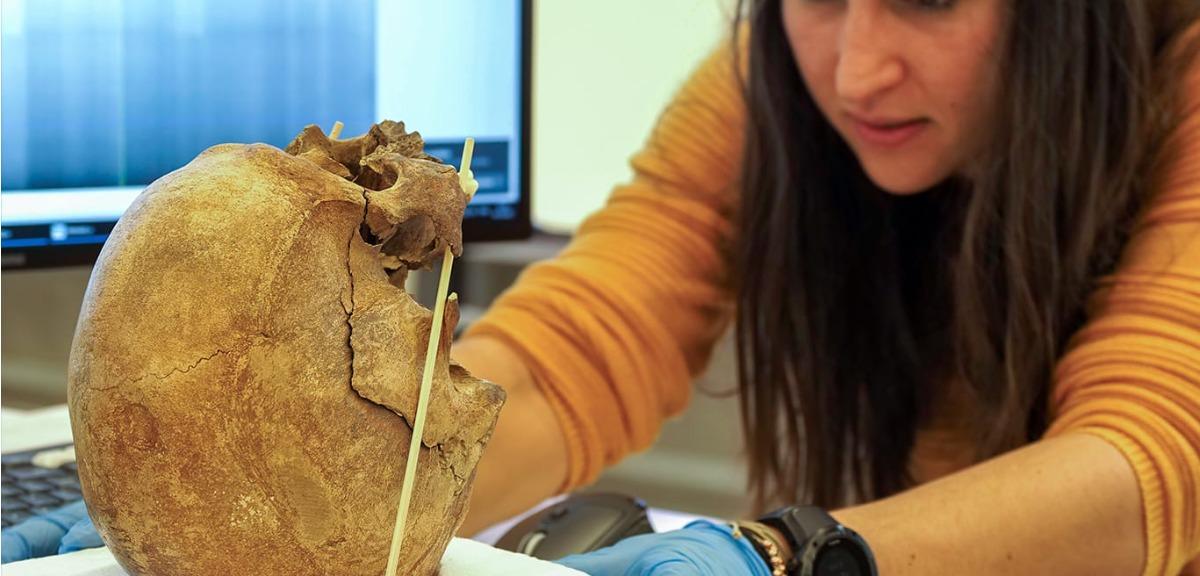

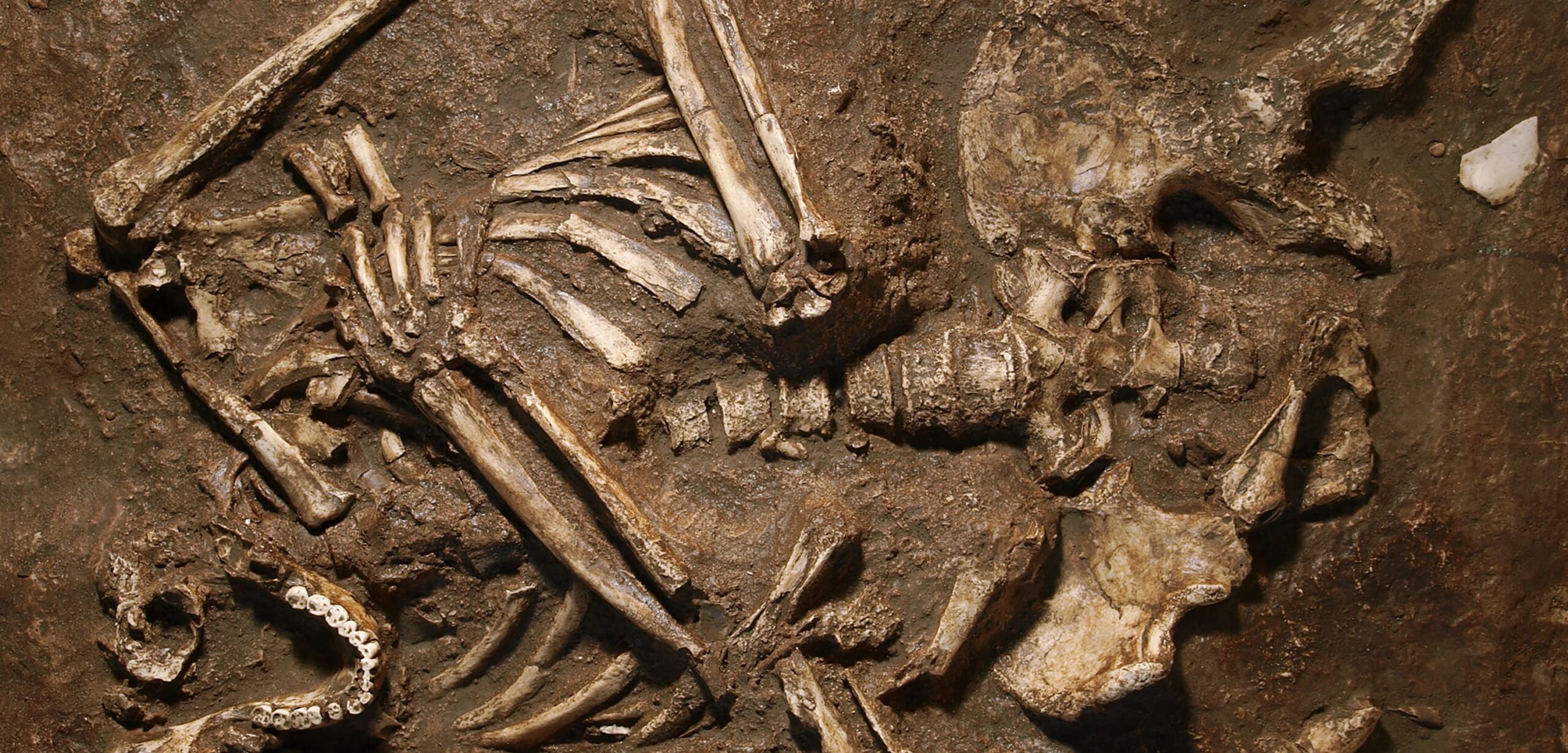


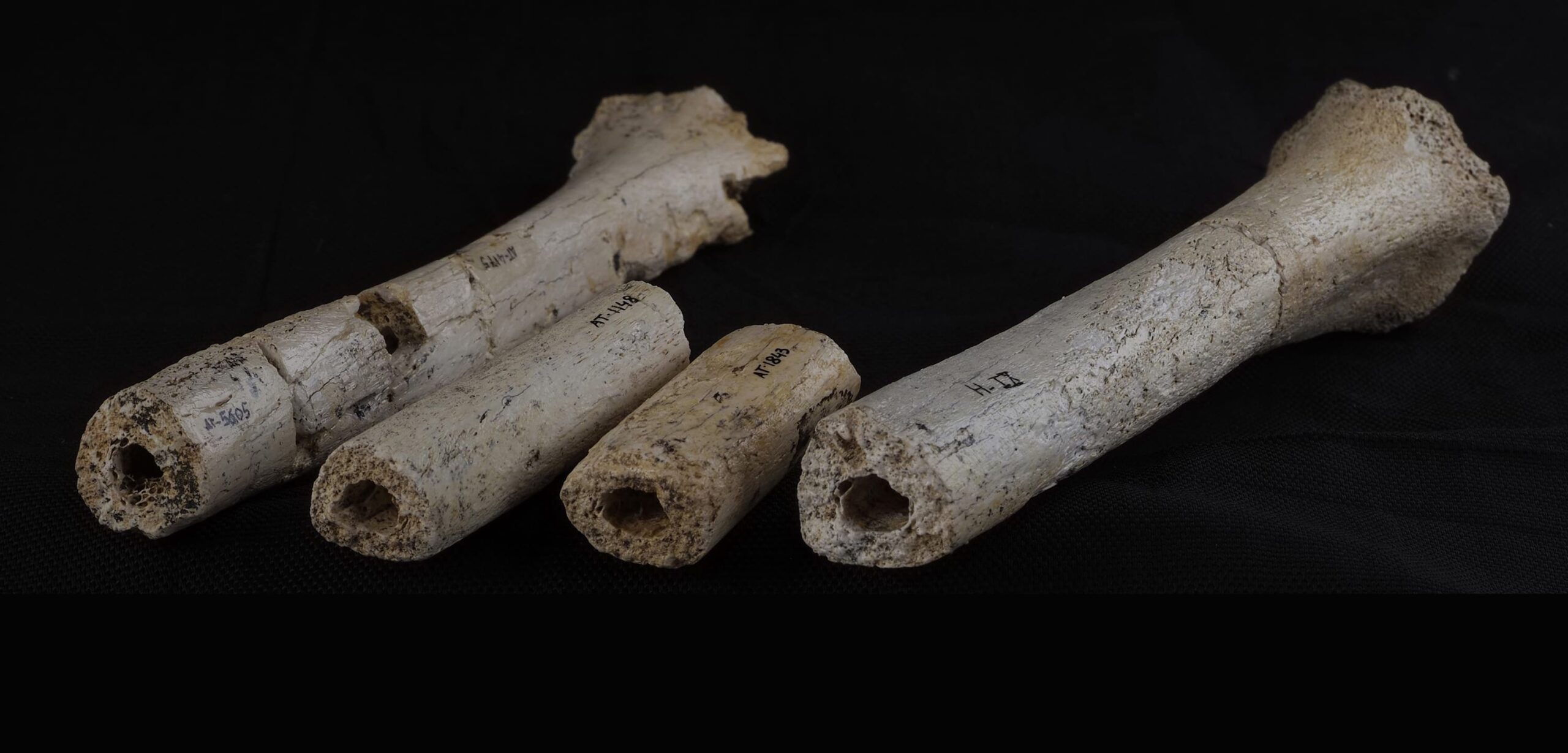


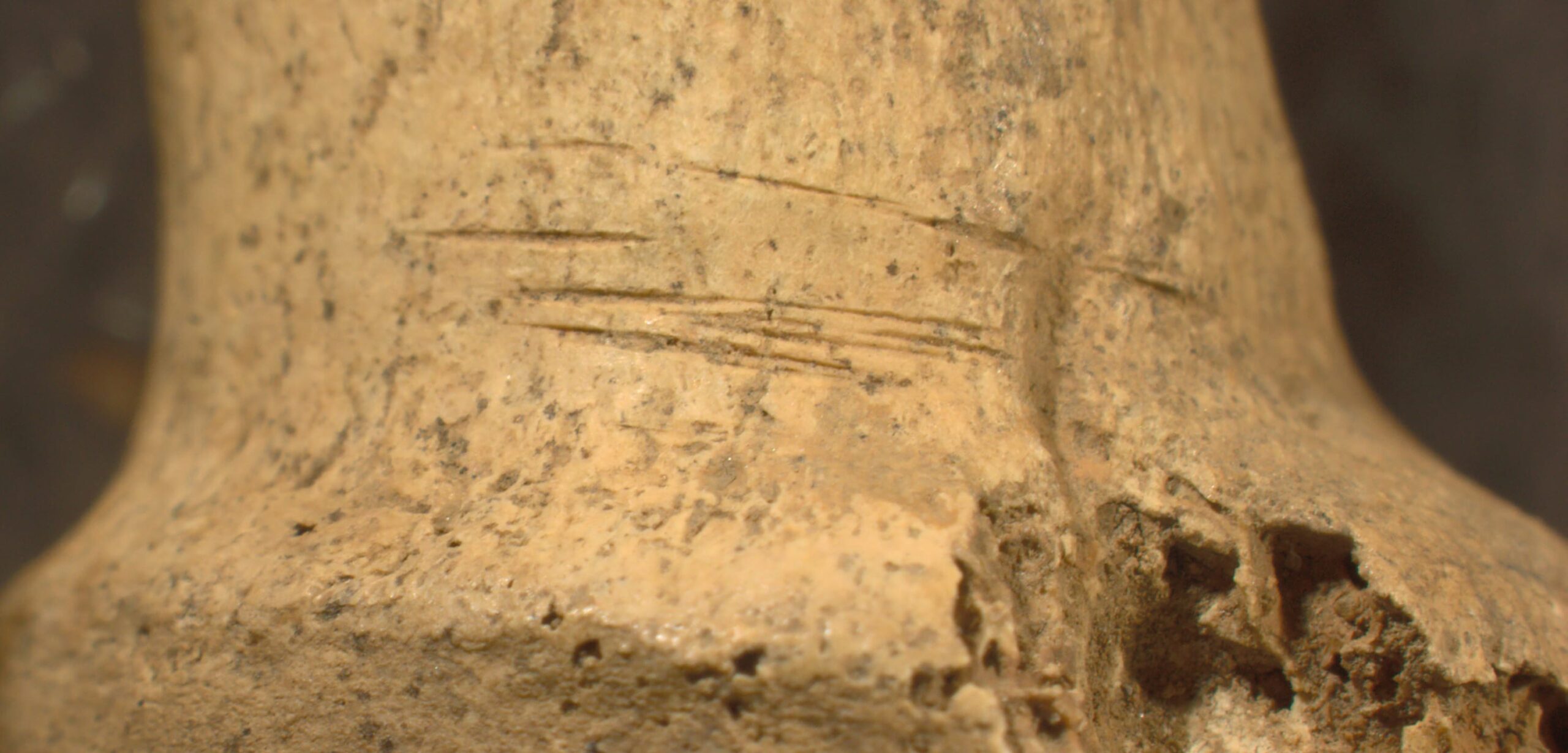





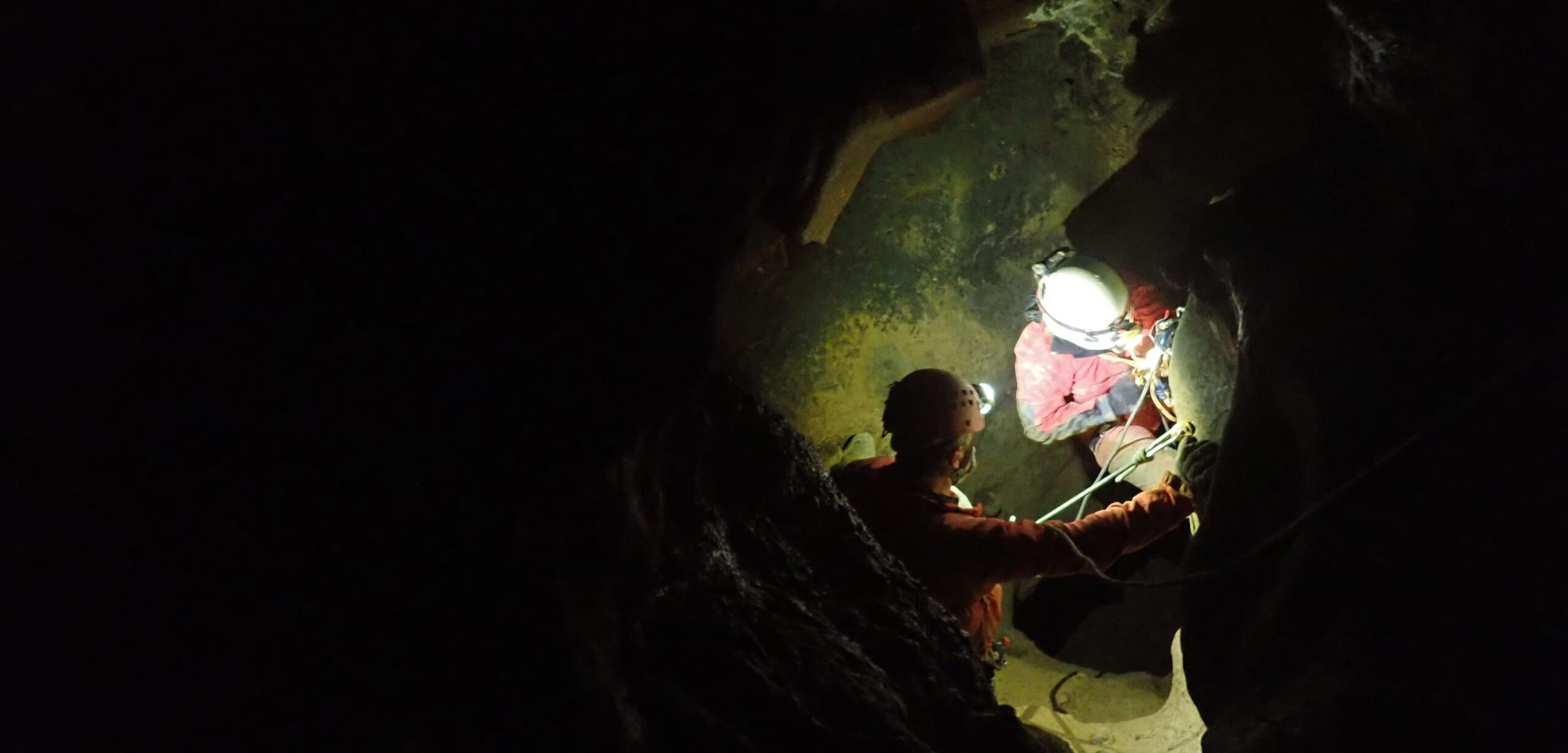


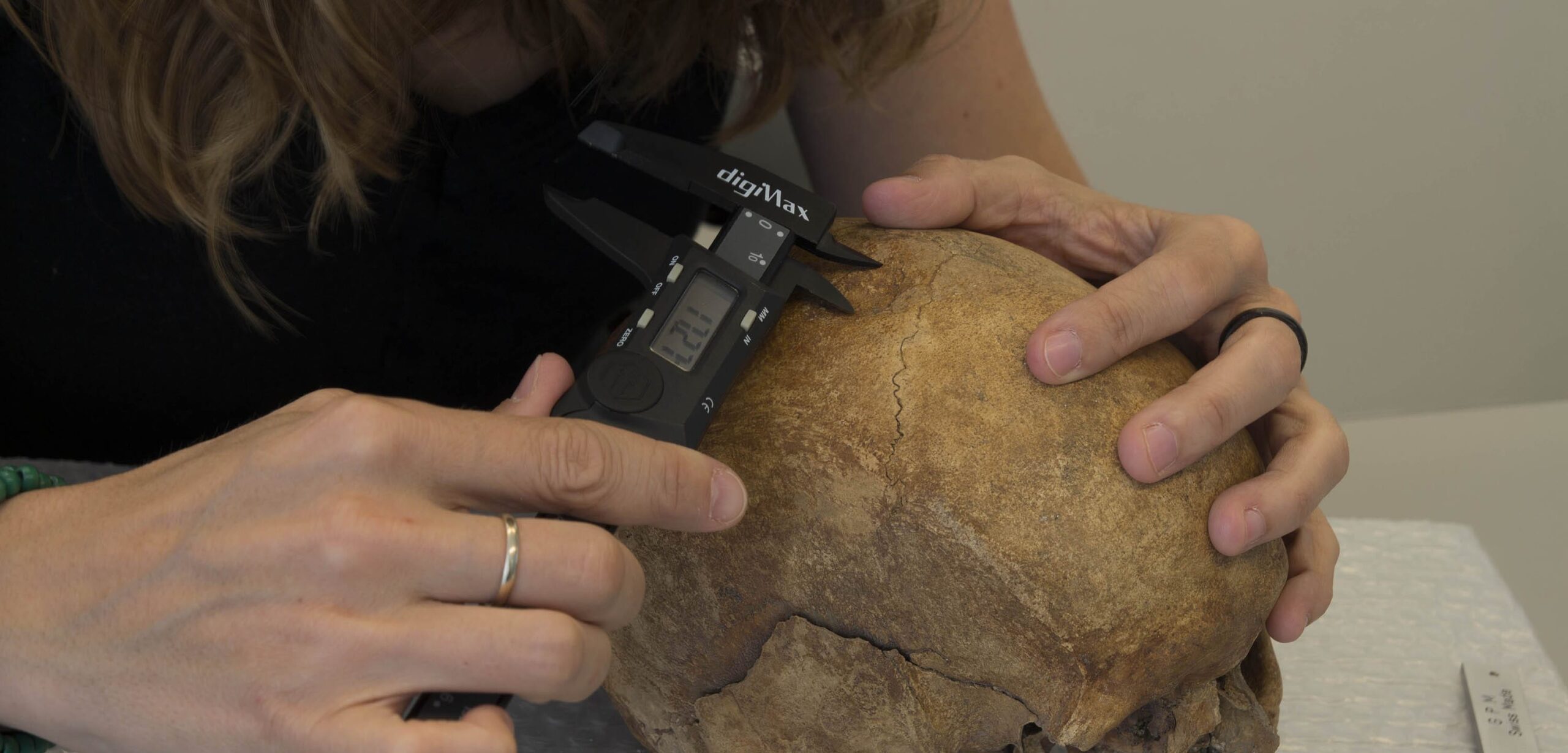


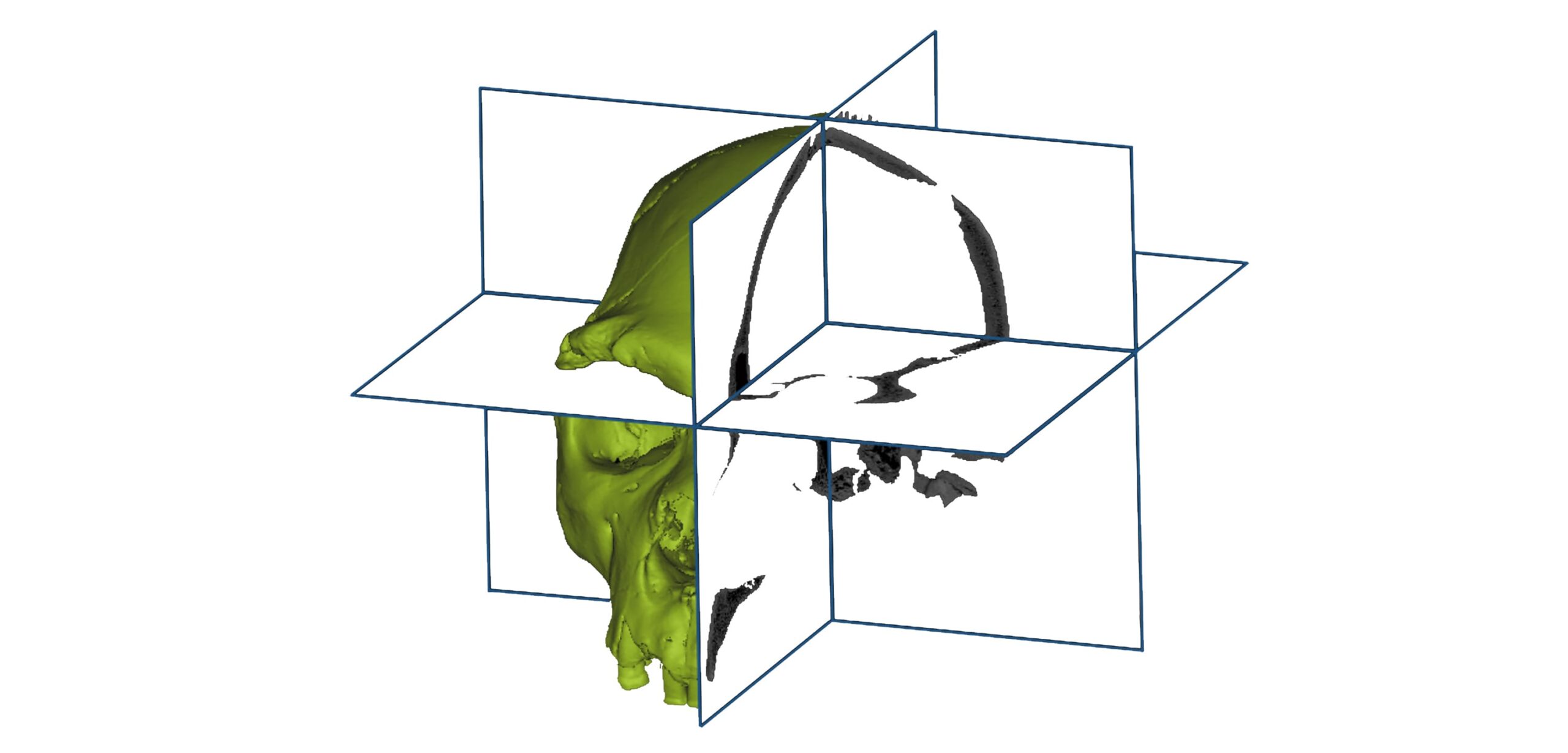

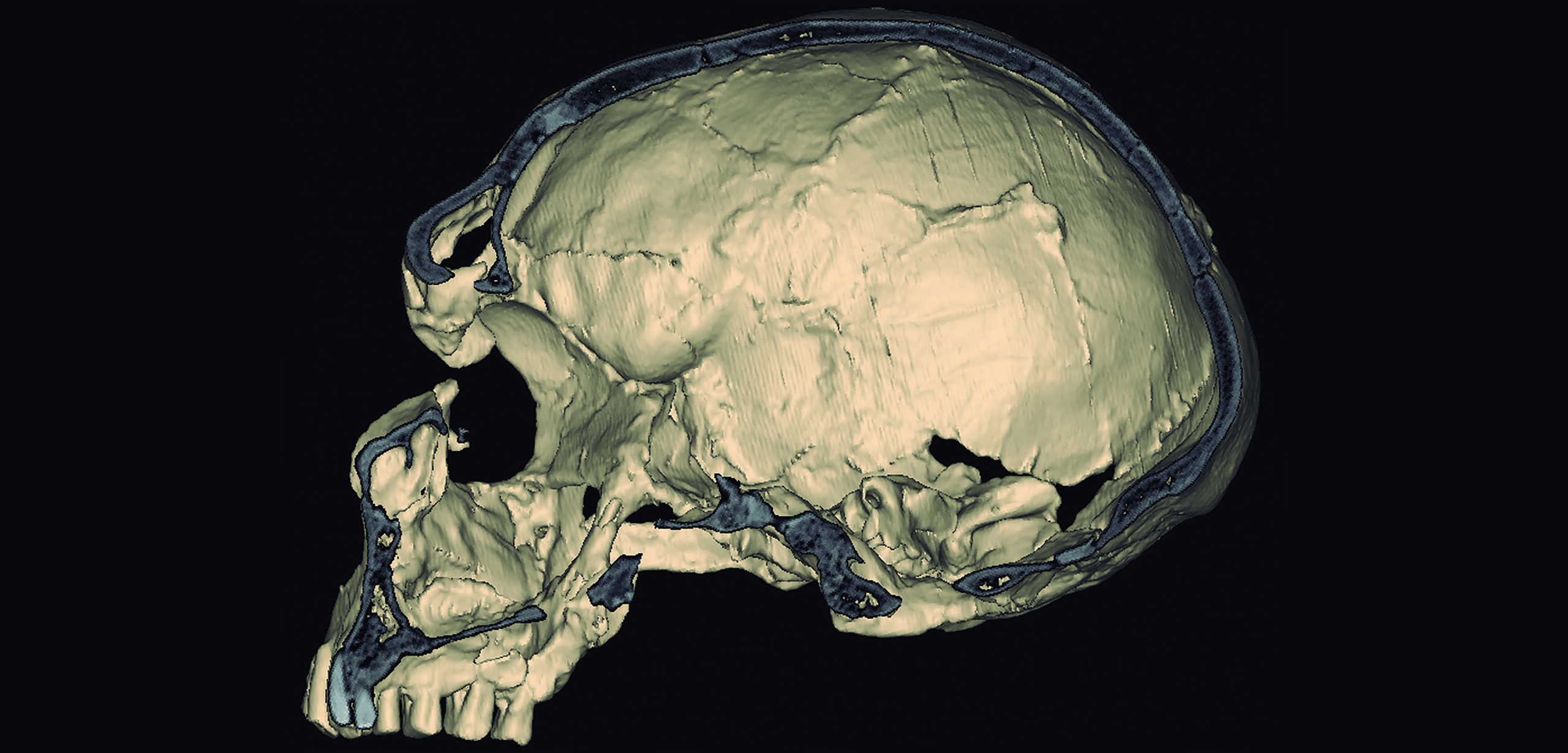

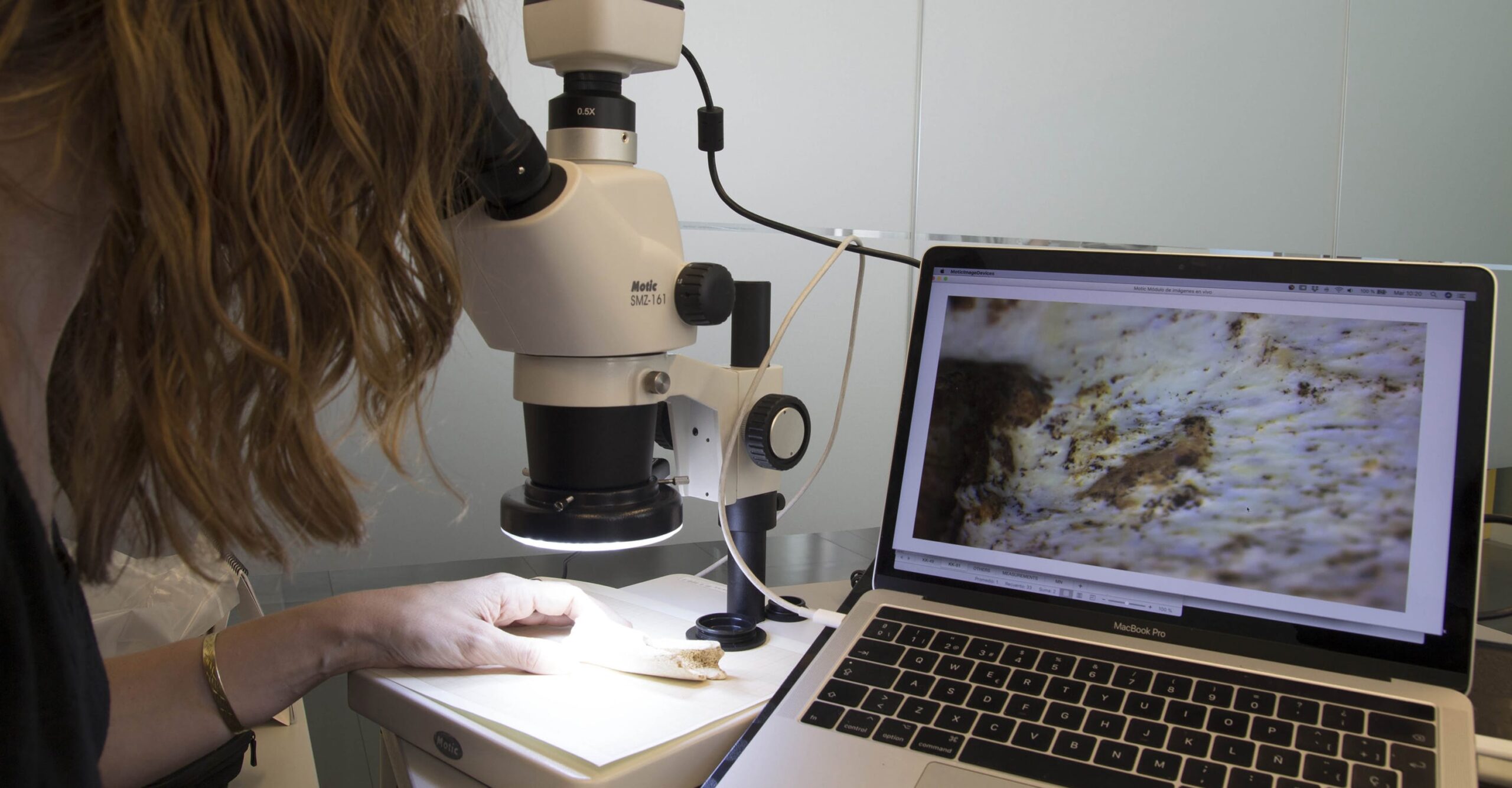

DEATHREVOL: The roots and evolution of the culture-of-death. A taphonomic research of the European Palaeolithic record





























All humans face death and mortality, and the fact that these are experiences shared by all humans is why death plays such an important role in all cultures around the world. A key aspect of this shared experience is the presence of funerary rites and practices, known as the culture of death. However, little is known about when these practices emerged back at the roots of our biological lineage.
New methodological approaches in the taphonomy field can help bring to light fundamental facets of hominin behaviour, thus making significant contributions to our understanding of our ancestors. The European and Middle Eastern fossil record is a key source of information in this regard due to its relative abundance of fossil skeletons, many of which have been interpreted as burials, in addition to possible biological and cultural interactions between different human species. Nevertheless, direct taphonomic analyses on these human fossils have only rarely been conducted and have been essentially limited to those cases showing possible signs of cannibalism.
DEATHREVOL is a Starting Grant project of the European Research Council (ERC-2020-STG nº 949330) that is carried out at the Centro Nacional de Investigación sobre la Evolución Humana – CENIEH (Spain). It is also made possible by the support of the Spanish Foundation for Science and Technology – FECYT (FCT-20-15661; FCT-21-17052; FCT-22-18357).
The goal of this project is to determine when the culture of death appeared and how it was expressed throughout the Palaeolithic. To this end, forensic taphonomic analyses are being carried out on hominin fossils from the European and Middle Eastern record, including Middle Pleistocene hominins, Neandertals and Palaeolithic Homo sapiens. Faunal remains associated with these assemblages, as well as other experimental and archaeological collections, are also being analysed, thus allowing us to broaden the spectrum of the different Palaeolithic contexts.
DEATHREVOL is based on multidisciplinary research involving a broad team of scholars, as well as a network of methods including classical and innovative taphonomic analyses, virtual reconstructions for forensic analysis, the study of spatial distribution patterns, the global relationship of different sites, and mathematical models to interconnect the broad-spectrum data gathered.
The results have the potential to significantly alter our views on the behaviour of European Palaeolithic populations. In particular, the results will examine whether funerary practices and, hence, a culture of death, predated the appearance of modern humans and Neandertals.
We encourage you to explore the sites under analysis using our interactive map, to meet the team leading us on this adventure, to consult our publications, to read up on the latest news on our blog, and to be entertained by our Historias de la Prehistoria podcast.
Welcome to this journey!
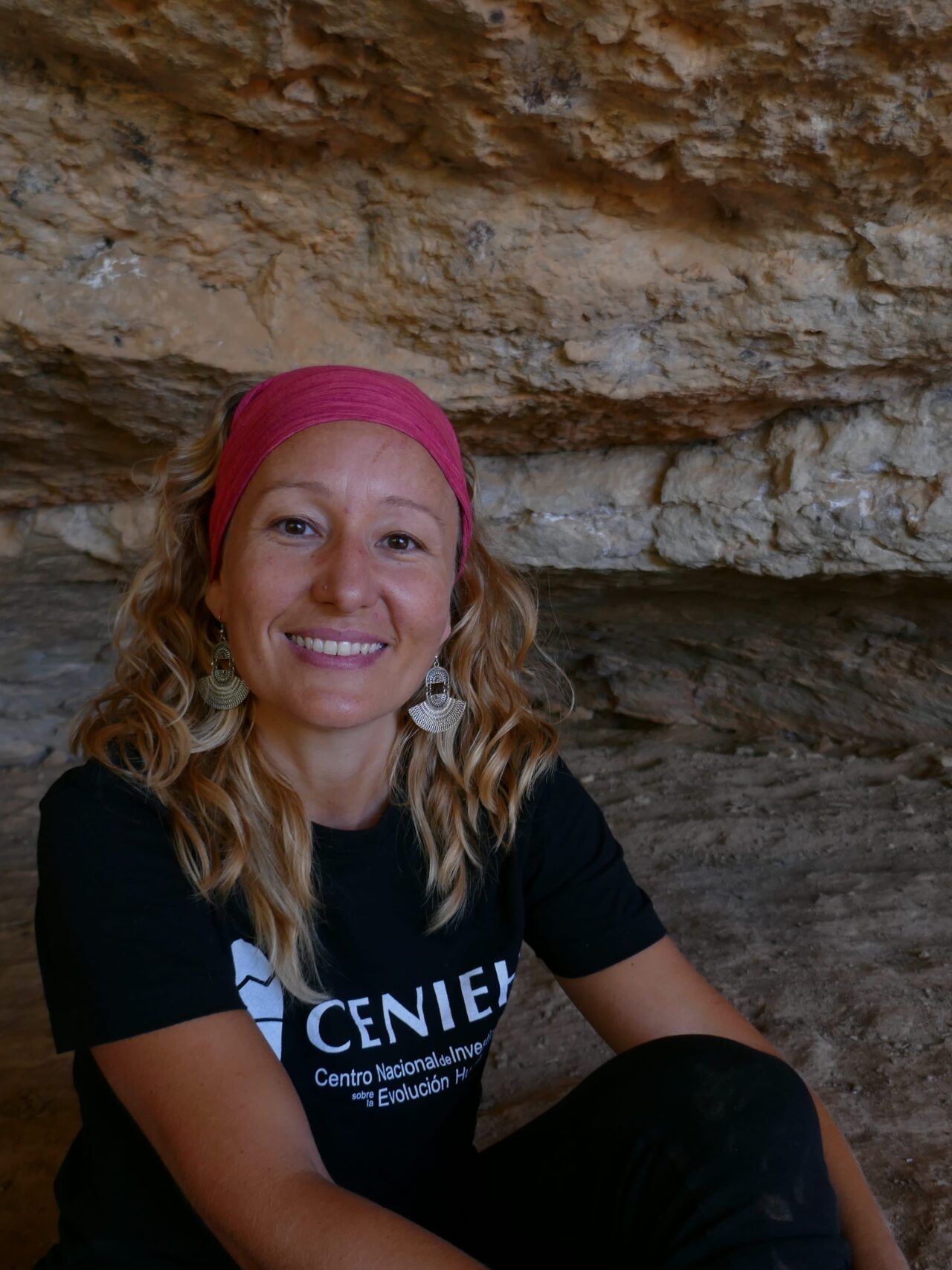
¡Hola! Mi nombre es Nohemi Sala, soy geóloga de formación y doctora en Paleontología por la Universidad Complutense de Madrid. Actualmente soy investigadora en el Centro Nacional de Investigación sobre la Evolución Humana (CENIEH)
Soy una apasionada de la vida, pero llevo muchos años preguntándome sobre la cultura de la muerte. ¿Somos la única especie que manifiesta su cultura funeraria? ¿Desde cuándo existen las manifestaciones mortuorias?
Estas cuestiones siempre se me han respondido desde un punto de vista geológico y arqueológico, pero ¿y si estudiamos los esqueletos fosilizados mediante la tafonomía forense? ¿averiguaremos de qué murió el individuo y qué sucedió desde su muerte hasta ser encontrado? ¿Encontraremos pistas de ritos funerarios en el registro fósil del Pleistoceno medio y del Paleolítico europeo? ¿o sólo los Homo Sapiens y los Neandertales realizaban estos ritos u enterramientos?
Queriendo responder a estas preguntas llegó el proyecto que dirijo actualmente: ”DEATHREVOL. The roots and evolution of the culture-of-death. A taphonomic research of the European Paleolithic record”. Proyecto financiado por el Consejo Europeo de Investigación (ERC), convocatoria Starting Grant.
Si quieres contactar conmigo en relación a todos estos temas, no dudes en escribirme a info@deathrevol.com
"Vita enim mortuorum in memoria est posita vivorum"
"The life of the dead is placed on the memories of the living"
(Marco Tulio Cicerón)

